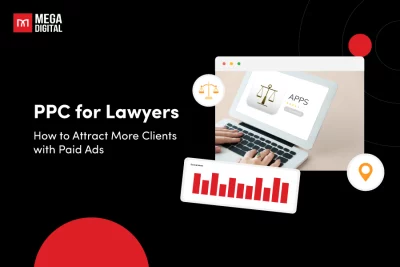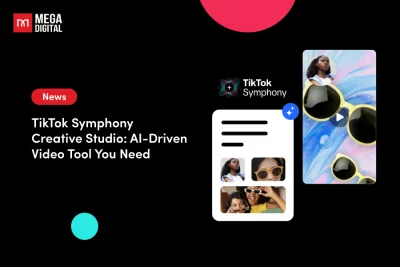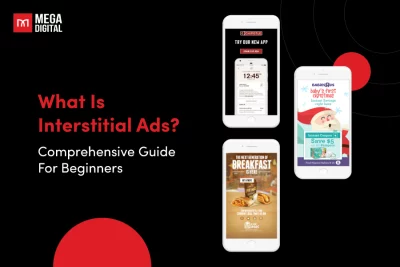Don’t know how to optimize your Performance Max campaign? We’ve got you covered! Discover the top 10 strategies that will help you enhance the performance of your campaign. From committing to your campaigns to leveraging audience signals and monitoring asset performance, these techniques are all the things every advertiser should be informed of.
Table of Contents
#1. Dedicate to your campaigns
Committing to your campaign is the first step to Performance Max campaign optimization. Since Performance Max campaigns are fully automated, they rely on data and machine learning to deliver results.
It’s important to allocate a budget of at least $50-100 per day for a minimum of one month. The following table presents Mega Digital’s suggested minimum budget for our clients:
| Campaign Duration | Minimum Daily Budget |
| 1 week | $350 – $700 |
| 2 weeks | $700 – $1,400 |
| 1 month | $1,500 – $3,000 |
| 2 months | $3,000 – $6,000 |
| 3 months | $4,500 – $9,000 |
In fact, Google suggests allowing at least six weeks to give the machine learning algorithm enough time to gather data and accurately assess performance. During this period, the algorithm learns and adapts to optimize targeting, bidding, and ad delivery based on user behavior and conversion patterns.
#2. Create as many assets as possible

Let’s move on to the second Performance Max campaigns best practice. The more assets you have, the greater the likelihood of your ads being eligible for display across various inventory types. If you’re using a Google Merchant Center feed, there’s no need to upload product images separately. Instead, focus on adding lifestyle or brand creatives that complement the product feed images. Mastering Performance Max image best practices is vital.
However, if you’re specifically running Google Shopping campaigns, you can skip adding any additional assets and solely rely on your feed. In this case, your campaign will deliver Shopping ads along with Display and YouTube ads, but the latter two will still be in the Shopping format.
>>> Read more: Complete Guide to Performance Max Assets: Specs & Best Practices
#3. Add at least 1 video asset
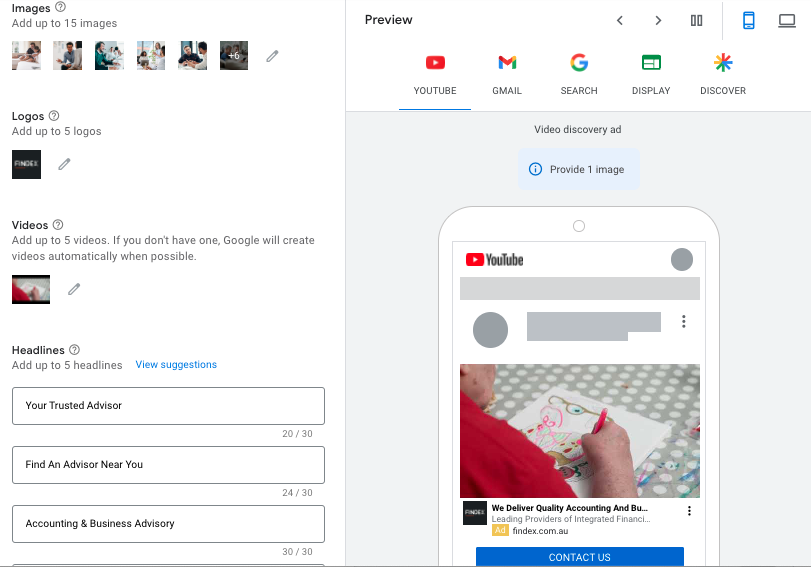
According to our experience, one of the most challenging aspects to optimize a Performance Max campaign is not the bidding strategy or audience targeting, but rather the need to provide a sufficient number of assets for this highly creative format. Given that the campaign encompasses various inventory types, it is crucial to supply a variety of text, image, and video assets.
If you have experience with setting up Display campaigns, you may recall that including video assets was optional. However, in Performance Max, it is not. In other words, if you don’t provide any video assets, Google Ads will generate them for you. Although the auto-generated video assets are expected to improve over time, currently they may not meet your expectations.
For advertisers who lack video assets but still want to use Performance Max, a viable solution is to utilize free tools like Canva to transform your image assets into short animated videos.
#4. Optimize asset groups
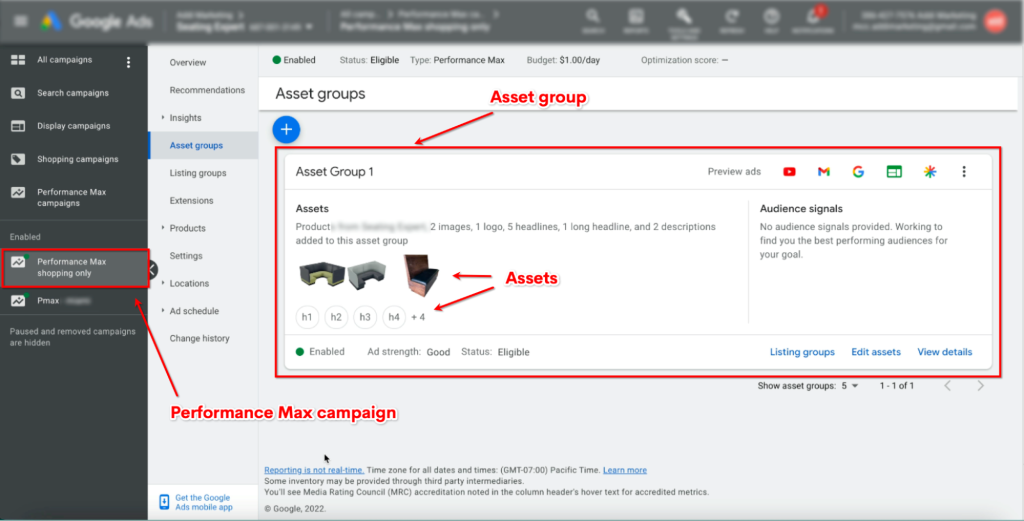
When creating a Performance Max campaign, you’ll gather all your assets and organize them into asset groups. An asset group consists of various creatives that will be utilized to generate ads tailored to specific channels. It is recommended to categorize asset groups based on a common theme, similar to organizing ad groups.
After constructing the campaign, you have the flexibility to include more asset groups. Arrange them in a manner that aligns with your business needs, such as grouping them by the products or services you provide.
#5. Ensure data feed is up to scratch

Another vital way to optimize Performance Max campaign is making sure your feed is up to scratch. For advertisers using the Merchant Center to submit products through a data feed, it is vital to prioritize the inclusion of comprehensive and up-to-date information in the feed. Pay close attention to the following important product identifiers, as they play a significant role in conveying your offerings and optimizing your campaign:
- Brand name
- Manufacturer part number (MPN or SKU)
- UPC code (also known as GTIN)
- Descriptive titles
- Google taxonomy/categorization
- Product type
Your data feed serves as the cornerstone of your Performance Max (PMax) campaign and has the greatest impact on achieving desired outcomes. Ensure that your feed is optimized and contains accurate and relevant details for optimal campaign performance, this is one of the most important best practices for Performance Max.
#6. Consider workarounds
Here are a few key points to keep in mind:
- Bidding: Your bidding options in Performance Max campaigns are limited to either maximizing conversions or maximizing conversion value, aligning with the campaign’s focus on driving conversions.
- Location settings: By default, Performance Max campaigns target both “Presence or interest.” If you prefer to exclusively target people in a specific location, switch to “Presence only” in the location settings.
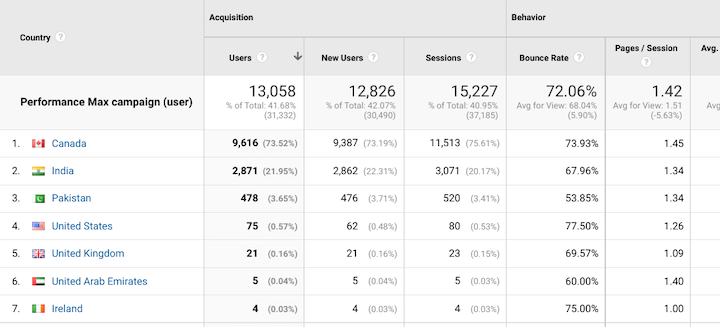
- URL expansion: Performance Max campaigns enable URL expansion by default, resembling Dynamic Ads. This allows Google Ads to direct users to landing pages different from the final URL. If this contradicts your goals, disable this feature or utilize URL exclusions.
Understanding these considerations and employing appropriate workarounds will help you optimize your Performance Max campaign more effectively.
#7. Pick the right bidding strategy
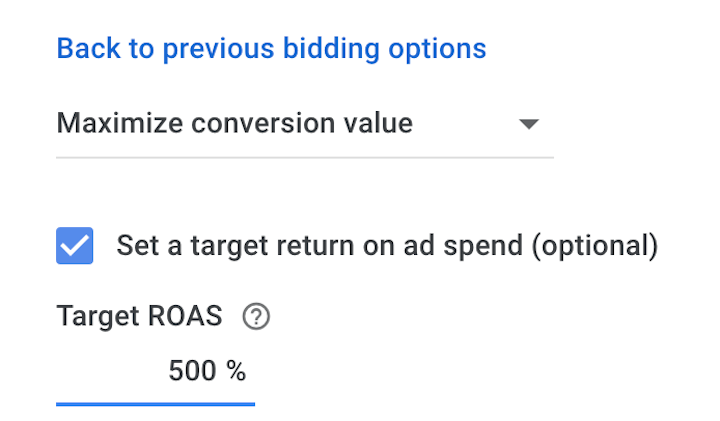
Here’s how to optimize Performance Max campaign most effectively: Making the right decision. When initiating a Performance Max campaign, you can choose between two bidding options:
- Maximize Conversions: This bidding strategy aims to achieve the maximum number of conversions within your budget.
- Maximize Conversion Value: With this strategy, the focus is on obtaining conversions of higher value. Although you may experience fewer conversions, the emphasis is on capturing conversions that hold greater worth.
After accumulating a substantial amount of conversion data, you can explore advanced bidding strategies like Maximize Conversions with Target CPA or Maximize Conversion Value with Target ROAS. These strategies allow you to further optimize your campaign and elevate its performance.
While it is possible to initially employ Target CPA or Target ROAS bidding strategies in your new campaign, it is advisable to prioritize gathering essential conversion data beforehand. This best practice involves allowing your campaign to accumulate relevant conversion information before implementing these advanced bidding strategies.
#8. Use the customer acquisition feature
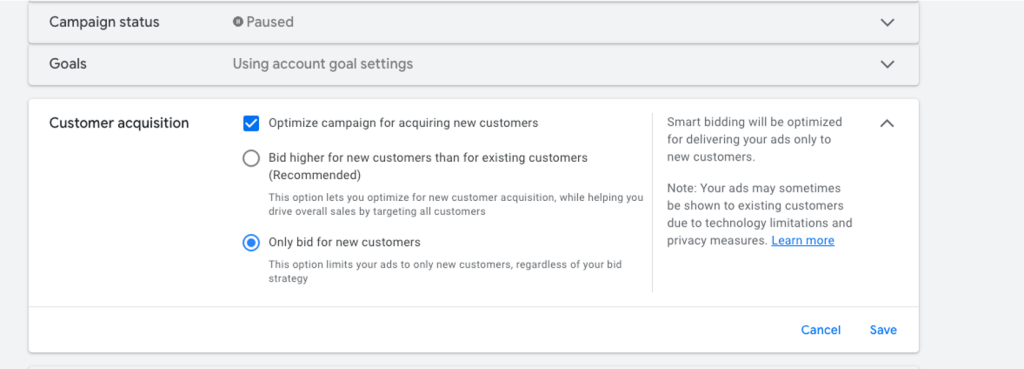
This exclusive feature enables you to decide whether you want to target both new and existing customers or solely focus on acquiring new users.
However, it is important to manage your performance expectations accordingly. A Performance Max campaign that is primarily focused on customer acquisition may not perform as strongly as a campaign that specifically targets bottom-of-the-funnel conversions. This is because it will take more time and possibly more ads to convert new users into customers.
#9. Use campaign exclusions
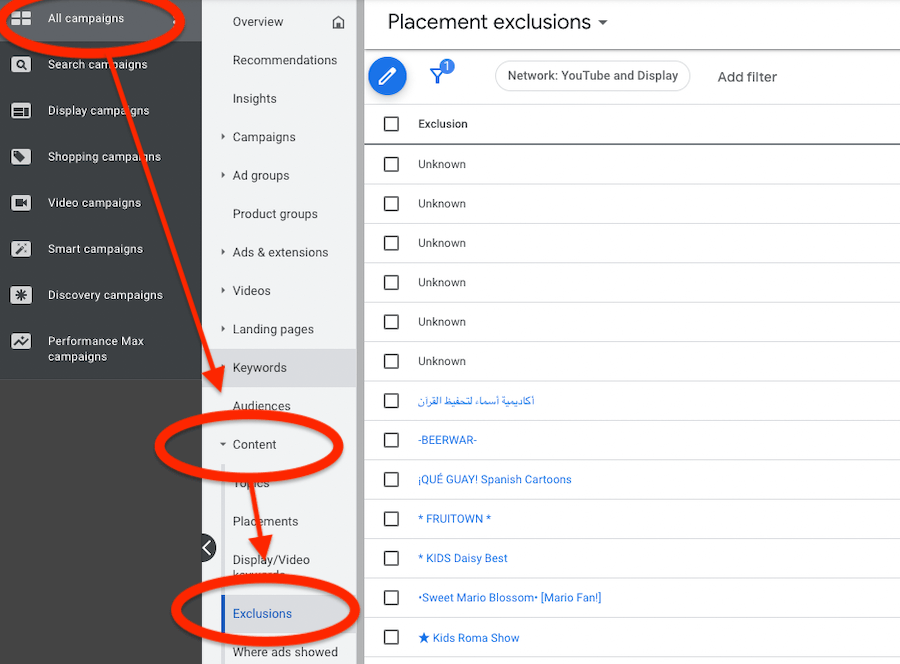
Another way to optimize your Performance Max campaign is implementing campaign exclusions to avoid unnecessary spending and enhance campaign effectiveness.
- Product exclusions: Particularly focusing on items that are unavailable for purchase. According to Mega Digital’s 2023 Google Ads industry benchmarks with insider insights ebook, around 17% of products in advertising catalogs fall into this category. Therefore, it is recommended to start by excluding these items from your catalog to streamline your campaign.
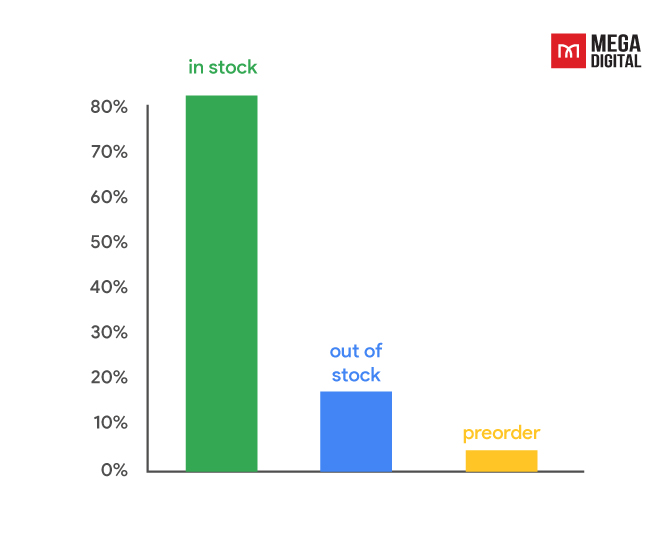
It is also logical to exclude certain product variations that are relevant to the same search query, unprofitable or have low profit margins, and products with a low conversion rate. To accomplish this, you can utilize Listing Groups and exclude these products based on factors such as Brand, Product ID, Category, Custom Labels, and more.
Implementing these campaign exclusions not only enhances the effectiveness of your campaign but also reduces the number of products that Google needs to analyze during the learning phase, leading to a faster optimization process.
In addition to product exclusions, it is important to consider:
- Keyword exclusions: By adding negative keywords to Performance Max Campaigns, you can prevent wasteful spending on irrelevant search queries.
- Existing customers: If your goal is to focus solely on acquiring new customers, you have the option to exclude existing customers. During the campaign setup, you can select the checkbox labeled “Only bid for new customers” to ensure that your Performance Max campaign is specifically targeted toward new customer acquisition.
By applying these strategies, PMax campaign optimization is a lot easier.
#10. Use extensions
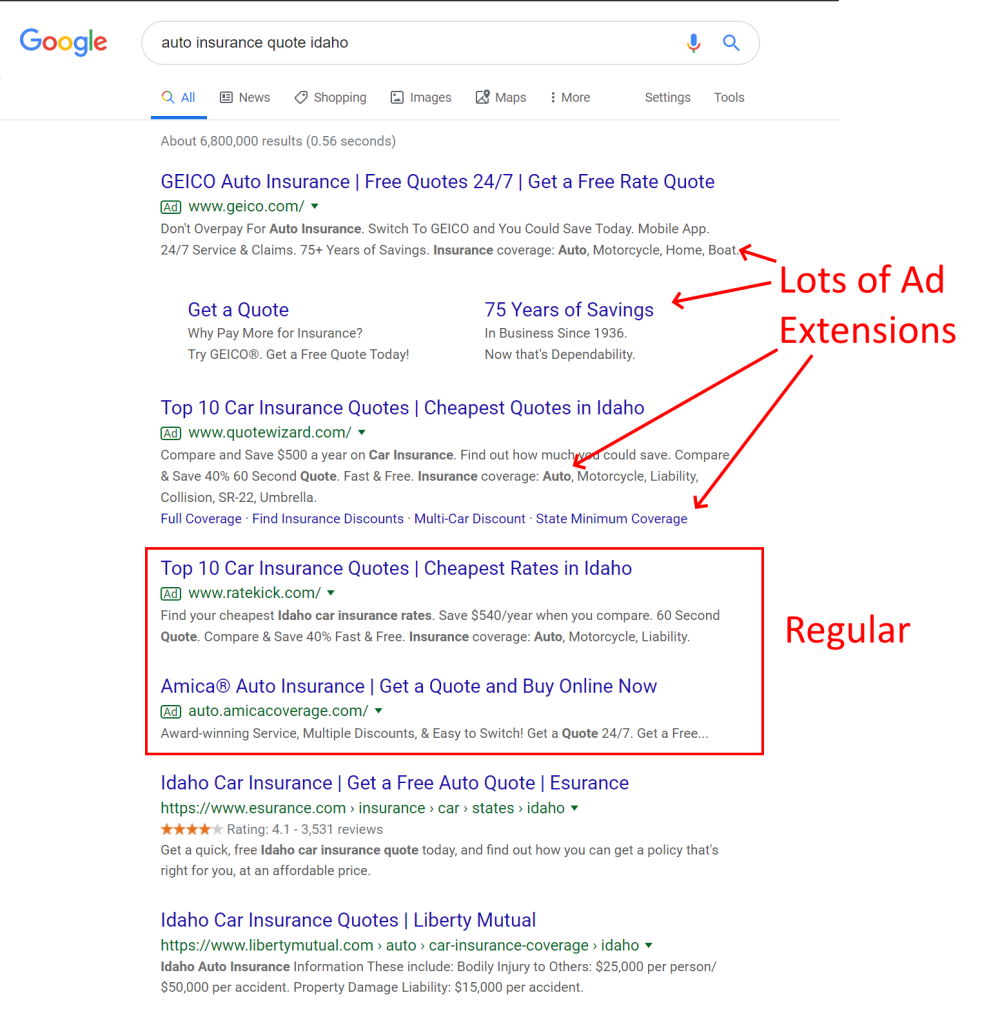
Google Ads extensions, now referred to as assets, offer the opportunity to enhance your ad by providing additional information, increasing its visibility and relevance. While there are 14 different types of extensions available, it is recommended to focus on the following options:

- Sitelinks: These clickable links direct users to relevant pages on your website, allowing you to showcase different sections such as product categories, pricing, and about us page. Implementing at least four sitelinks can lead to an average 20% increase in click-through rate.
- Callouts: Brief snippets of information, limited to 25 characters each, that highlight key selling points or unique selling propositions (USPs). Including a minimum of eight callouts can further enhance your ad.
- Structured snippets: These extensions present specific products, services, or features in a list format. For instance, a bag retailer may use a Product Structured Snippet to showcase various types of bags like clutch bags, handbags, tote bags, backpacks, messenger bags, and card wallets.
By using these ad extensions effectively, you can maximize the impact and visibility of your ads, which is perfect for Performance Max campaign optimization.
#11. Optimize audience signals

If you’re not achieving the desired outcomes after running Performance Max campaigns for an adequate duration, it’s essential to assess your Audience Signals. Enhancing the effectiveness of your Audience Signals can be accomplished by prioritizing your own business data instead of relying solely on Google’s interests, such as in-market and affinity audiences.
- Customer lists should be your primary focus, provided you possess sufficient customer data and consent for advertising purposes. Customer lists are highly influential as they utilize actual customer information to identify new potential customers.
- Leveraging customer intent audiences, which incorporate relevant keywords, can further enhance your targeting.
- Website visitor audiences offer a viable alternative. Consider creating an audience signal based on website visitors or those who have converted on your website.
While Google’s interest-based audiences remain valuable, exploring the aforementioned options can elevate the effectiveness of your Audience Signals in Performance Max Campaigns.
#12. Implement comprehensive conversion tracking
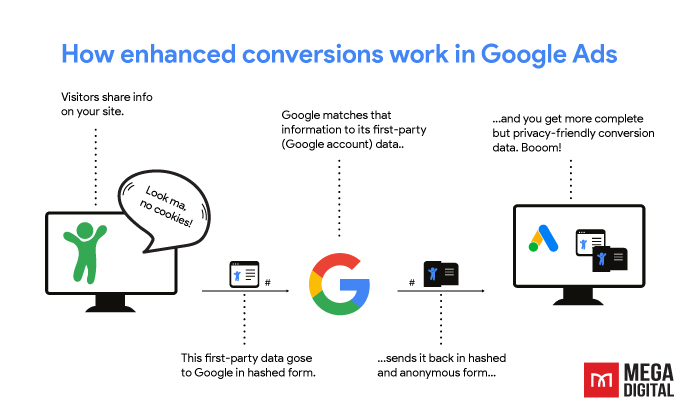
Performance Max heavily relies on automation for both bidding and targeting, similar to previous campaign types like App campaigns, Smart Display, and Local campaigns. Conversion tracking plays a vital role in a Google Ads account, and it becomes even more vital in Performance Max. While e-commerce businesses typically have an easier time with conversion tracking, lead generation businesses often face challenges with lead quality.
From Mega Digita’s point of view, this doesn’t indicate a flaw in the format itself but rather emphasizes the significance of using tools such as enhanced conversions, offline conversion tracking, and CRM integration. These tools can help address the issue and ensure accurate measurement of lead quality in Performance Max campaigns.
#13. Create a segment in Google Analytics
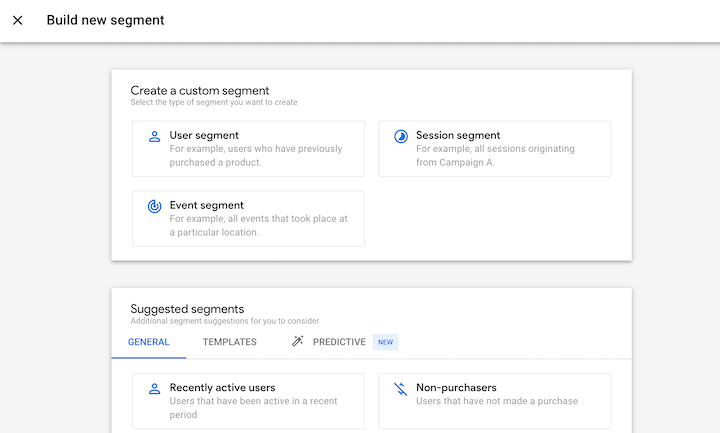
While Performance Max may not offer certain reporting features like landing page reports or accurate geographic reports, I’ve discovered that Google Analytics can serve as a useful workaround. By creating a segment of users associated with the Performance Max acquisition campaign, you can gain deeper insights into their interactions with your business.
For instance, using a Google Analytics segment on the Landing Page Report enables you to track where the campaign is directing them and determine if any URL exclusions or disabling of URL expansion is necessary (as discussed in the next section).
#14. Keep an eye on URL expansion
Performance Max campaigns combine various Google Ads formats into one comprehensive campaign, encompassing Search, Display, Discovery, Video, Shopping, and Local, with the exception of App campaigns (at least for now). As a result, there are several Performance Max features that draw inspiration from other campaign nuances.
One such feature, which may go unnoticed, is URL expansion, resembling Dynamic Search Ads in Performance Max. By default, URL expansion is enabled in Performance Max campaigns. This means that unless you disable it, the campaign has the ability to direct users to landing pages different from your final URL, similar to a dynamic ad group.

However, there is a notable distinction. In a dynamic ad group, you have the ability to define your ad targets, specifying the specific landing pages where you want the campaign to direct traffic. This can be achieved by listing individual web pages or creating rules like “URL contains product.”
In Performance Max, on the other hand, you can only set exclusions, determining the landing pages that you want to exclude from the campaign’s traffic. Exclusion rules function similarly but require a slight logical shift to set them correctly.
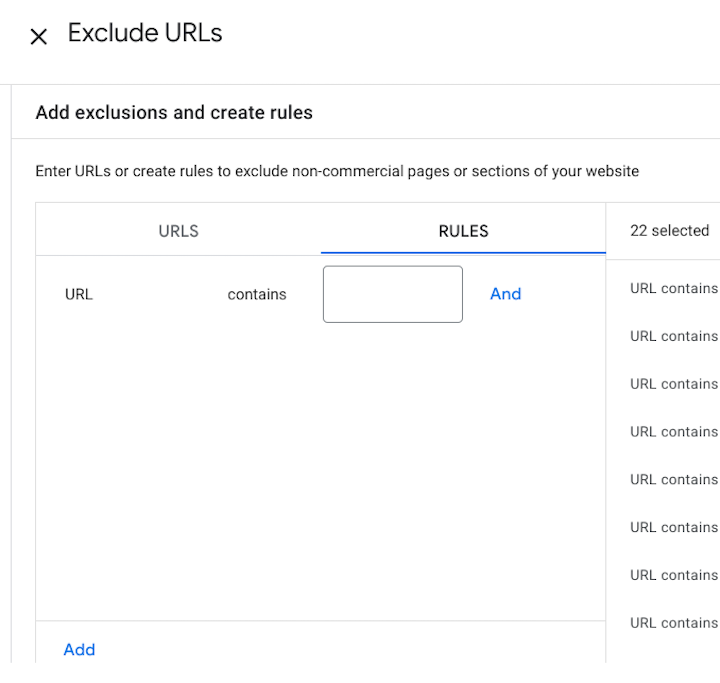
#15. Never duplicate GMC feed imagery as separate image assets
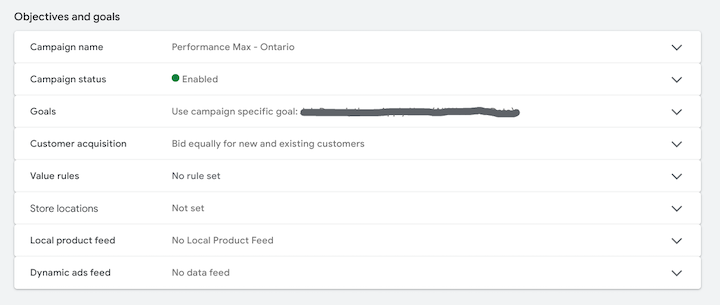

When connecting your Google Merchant Center feed to Performance Max, the campaign will automatically use the information from your feed, such as titles, pricing, images, and availability, to create ads, similar to a Shopping campaign.
For this reason, I strongly advise against adding your “e-commerce images” as individual image assets in your Performance Max asset group. These images are already included in the campaign through your feed, so adding them separately would be redundant.
Instead, focus on including lifestyle images that showcase your products or services being used by real people. Google provides helpful recommendations for Discovery assets, such as:
- Minimize or avoid overlaying text on the images.
- Present the images in a realistic context rather than using plain or stock backgrounds.
- Emphasize a single focal point that is centrally framed and occupies about 30% to 40% of the image.
- Incorporate images featuring real people, as they tend to outperform those without human presence.
Mega Digital has presented how to optimize Performance Max campaign in 15 different ways. We hope these Google Performance Max best practices strategies will help you make the best out of your PMax campaigns.
Final words
In conclusion, PMax campaign optimization using the top 15 strategies can unlock their true potential and deliver exceptional results. If you’re looking for professional assistance and expertise in managing your Google Ads account, consider Mega Digital’s Google Advertising service.
With our comprehensive support, you can harness the full power of Performance Max and achieve remarkable success in your advertising efforts.






